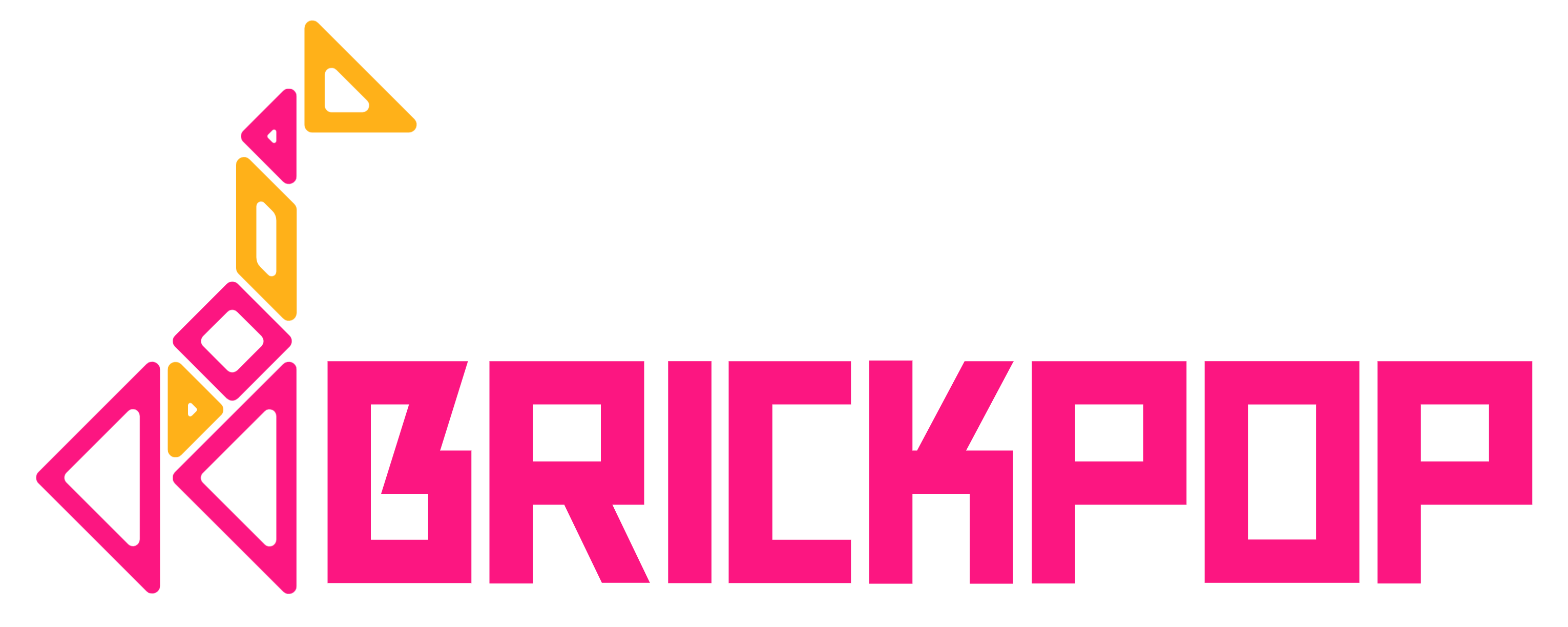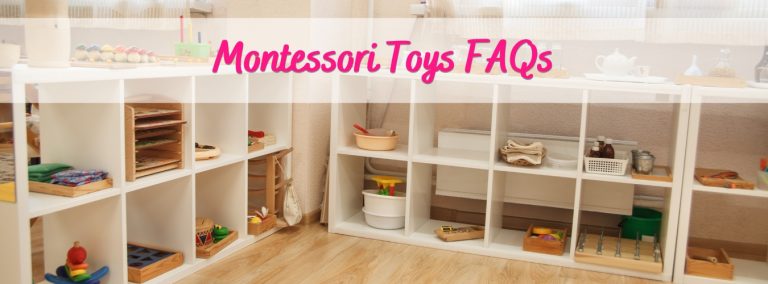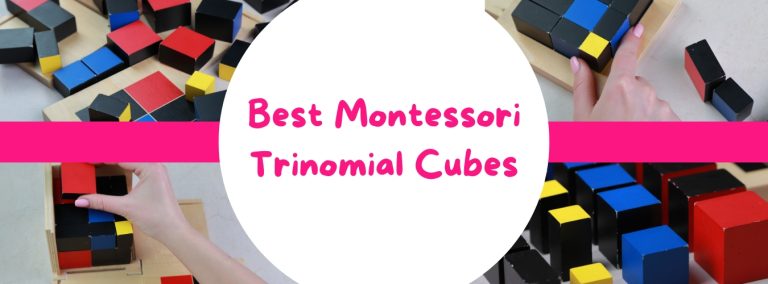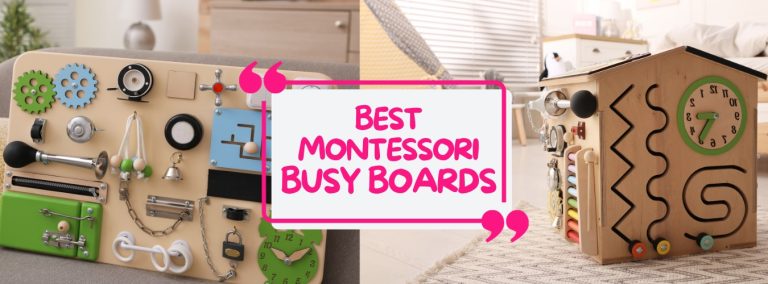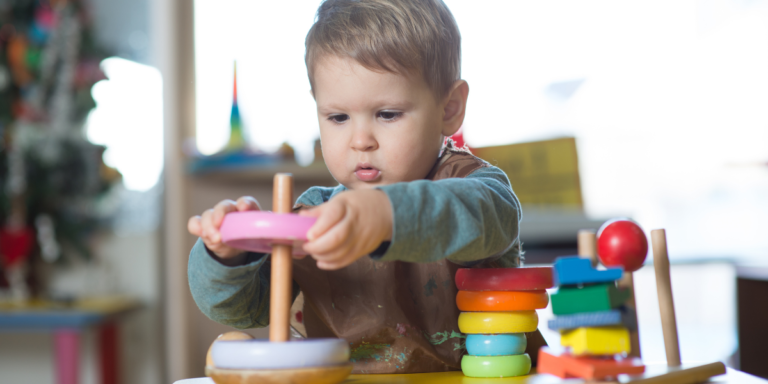A Brief Guide to Montessori Language Materials

As children grow and develop, their language skills become increasingly important. From communicating with peers and family members to expressing themselves creatively and academically, language plays a central role in their daily lives. However, not all children learn at the same pace or in the same way, and traditional teaching methods may not always be effective.
This is where Montessori language materials come in. Designed to support and enhance a child’s natural curiosity and desire to learn, these materials offer a unique and effective approach to language development.
What are Montessori Language Materials?
Montessori language materials are specifically designed tools for teaching children the intricacies of written and spoken language. These materials are essential for the development of children’s language skills and offer a key to exploring the different aspects of language.
These learning tools aim to isolate certain elements common to all languages, allowing children to easily recognize and learn these concepts. Furthermore, they provide excellent ways to develop hand-eye coordination, handwriting, and overall pencil control while engaging in language learning activities.
Importance of Montessori Language Materials for Children
The Montessori Language Materials play a crucial role in a child’s development. They are designed to aid children in acquiring language skills from the tangible to the intangible. As a child gradually progresses, the materials and activities become increasingly abstract, challenging their cognitive and linguistic abilities.
These materials also help children describe and interact with their environment effectively, enabling them to communicate their needs and interests with others confidently. Montessori Language Materials also play a fundamental role in future learning, building a strong foundation for reading, writing, and comprehension skills.

Universal Elements Commonly Found in Montessori Language Materials
Montessori Language Materials are known for isolating certain universal elements that are common across all languages. These elements form the foundation upon which children can learn and develop their language skills. Some of these elements include phonetic sounds, sentence structure, and vocabulary. The use of concrete objects, color-coded symbols, and multi-sensory activities that cater to different learning styles are also often found in these materials.
By focusing on these universal elements, the child is able to acquire language in a natural and enjoyable manner. Montessori educators believe that these learning materials provide keys to unlocking language as a whole, allowing children to become not just proficient in their native tongue, but also in any language they may encounter.
Range of Montessori Language Materials Available
Oral language preparation exercises and pre-reading activities that encourage matching and categorizing skills are important materials that help children to develop their reading and spelling abilities. From movable alphabets and magnetic letters to wooden reading and spelling games, Montessori language materials provide children with hands-on experience that helps to build a strong foundation for reading, writing, and oral language.
- Sandpaper Letters: The sandpaper letters are letters made of wood or cardboard and covered in sandpaper to help children learn letter shapes and phonetic sounds by tracing them with their fingers.
- Movable Alphabet: The moveable alphabet is a collection of small wooden letters that children can manipulate to create words and sentences. It provides a way for children to learn the relationship between letters and sounds.
- Metal Insets: Metal insets are shapes made of metal that children can use to draw and trace. The use of metal insets helps children develop their fine motor skills and hand-eye coordination, essential for handwriting.
- Reading Series: These series of books are written in simple language and increase in difficulty as your child’s reading skills improve.
- Grammar Symbols: Grammar symbols represent different parts of speech such as nouns, verbs, and adjectives. These symbols help children understand how language is structured and how words are used in sentences.
- Phonics Materials: Phonics materials are a set of materials that assist children in learning the sounds of the letters of the alphabet and how to blend them together to create words.
A Brief Guide To Montessori Language Materials
Nomenclature Cards
Nomenclature cards provide children the vocabulary for objects in their environment. Cards with pictures and names of everyday items help build verbal skills. Children match spoken words to visual representations.
Object Boxes
Boxes containing themed objects encourage children to have conversations. Young learners develop descriptive language skills by exploring the items through touch and discussing them with peers.
Language Analysis Exercises
Activities isolating parts of speech, word functions, and grammatical rules give children hands-on practice analyzing language. Moving symbols and word cards allows them to visually understand syntax and structure.
Cultural Language Materials
Language materials like books, songs, and vocabulary games expose children to languages from around the world. This fosters an appreciation for linguistic and cultural diversity.
FAQs about Montessori Language
What age are Montessori Language Lessons for?
Montessori language materials are designed for children aged 2.5 to 6 years, covering sensitive periods for developing language abilities.
Are Montessori materials adapted for special needs?
Yes, materials can be adapted by adding tactile elements, simplifying activities, and providing guidance to support children with special needs.
How long are Language lessons?
Lesson lengths vary based on the child’s engagement and development. Children are free to repeat activities at their own pace during long 3-hour work periods.
Is Montessori Language Materials used Only in schools?
No, parents can purchase Montessori language materials to use at home for homeschooling or supplementing schoolwork.
Conclusion
In conclusion, Montessori language materials provide a valuable alternative to traditional teaching methods when it comes to language development. By tapping into a child’s natural curiosity and desire to learn, these materials offer a unique and effective approach that can help children reach their full potential. By incorporating these materials into their education, parents and educators can help children achieve success both academically and in their daily lives.
